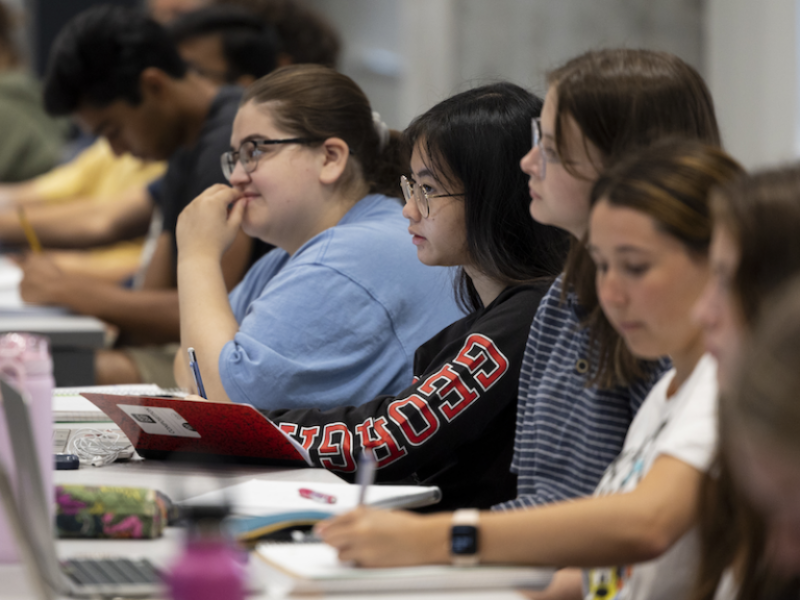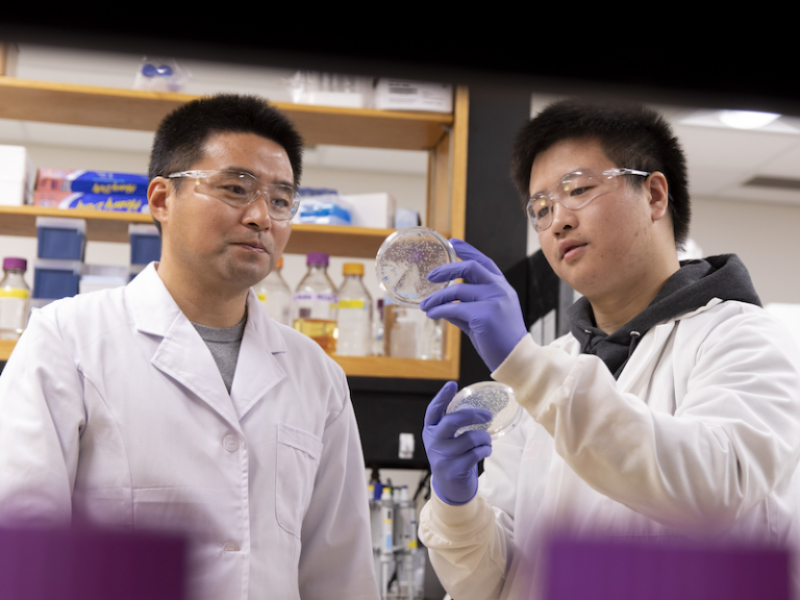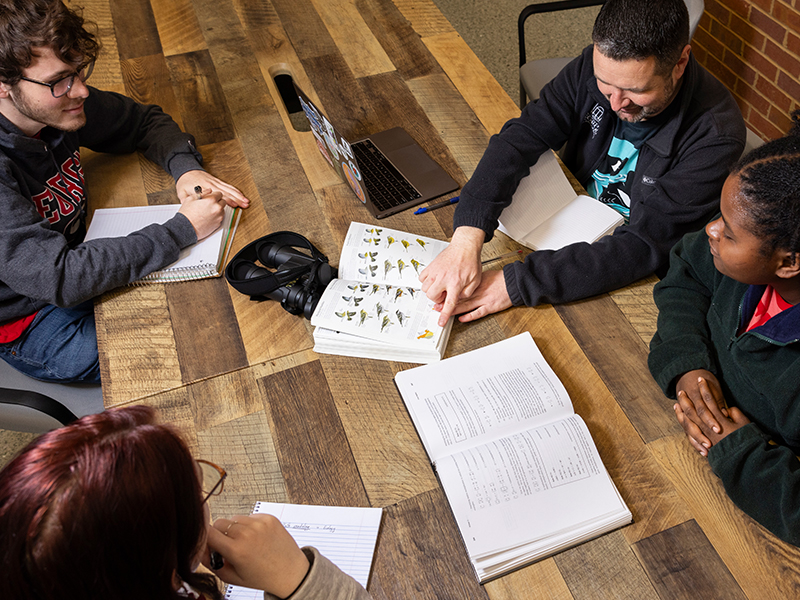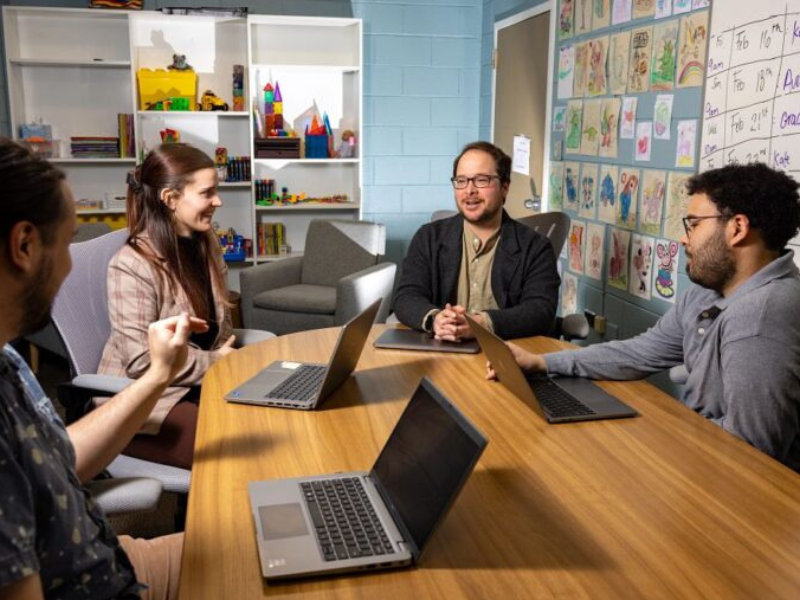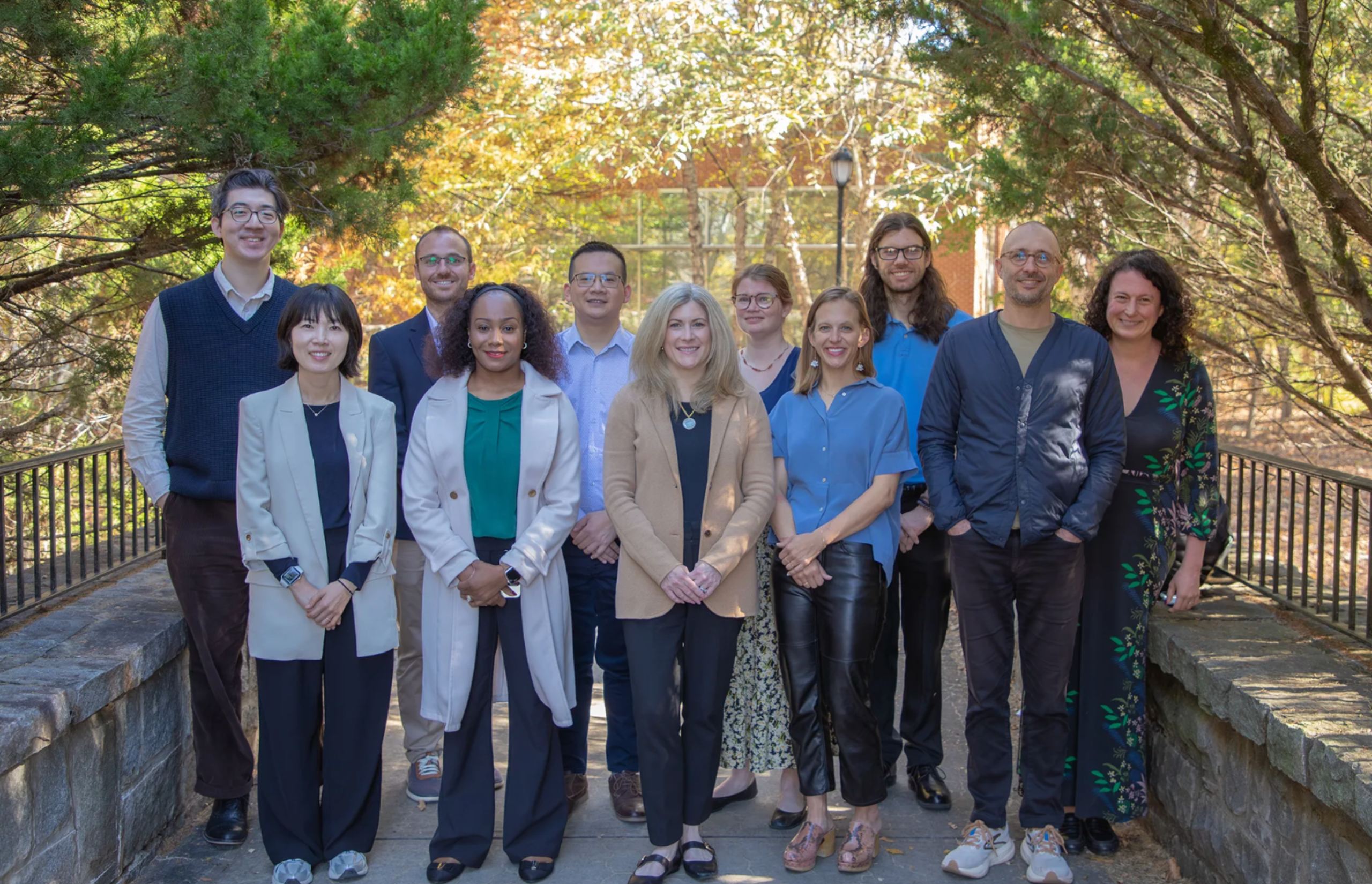View the following resources from the Office of Instruction below.
The Latest News & Announcements
Empowering Student & Faculty Success
From providing student academic services to empowering teachers, the Office of Instruction is responsible for a wide range of initiatives that further advance the University of Georgia into the national spotlight as one of the top performing universities in the nation.

